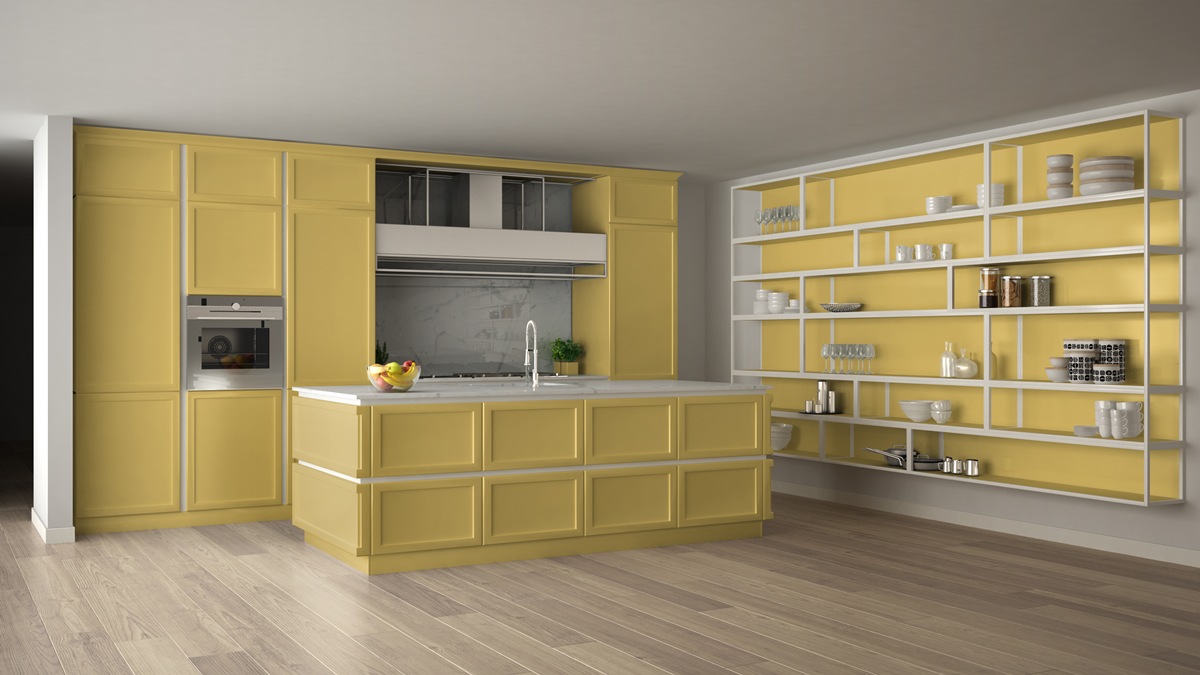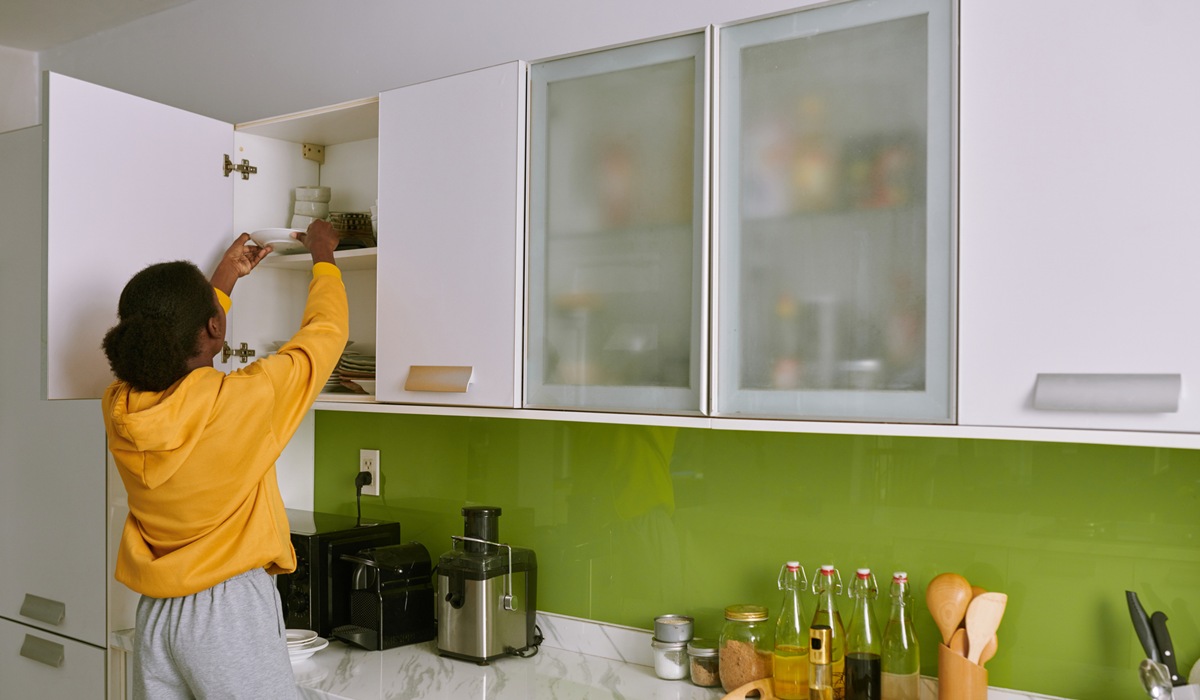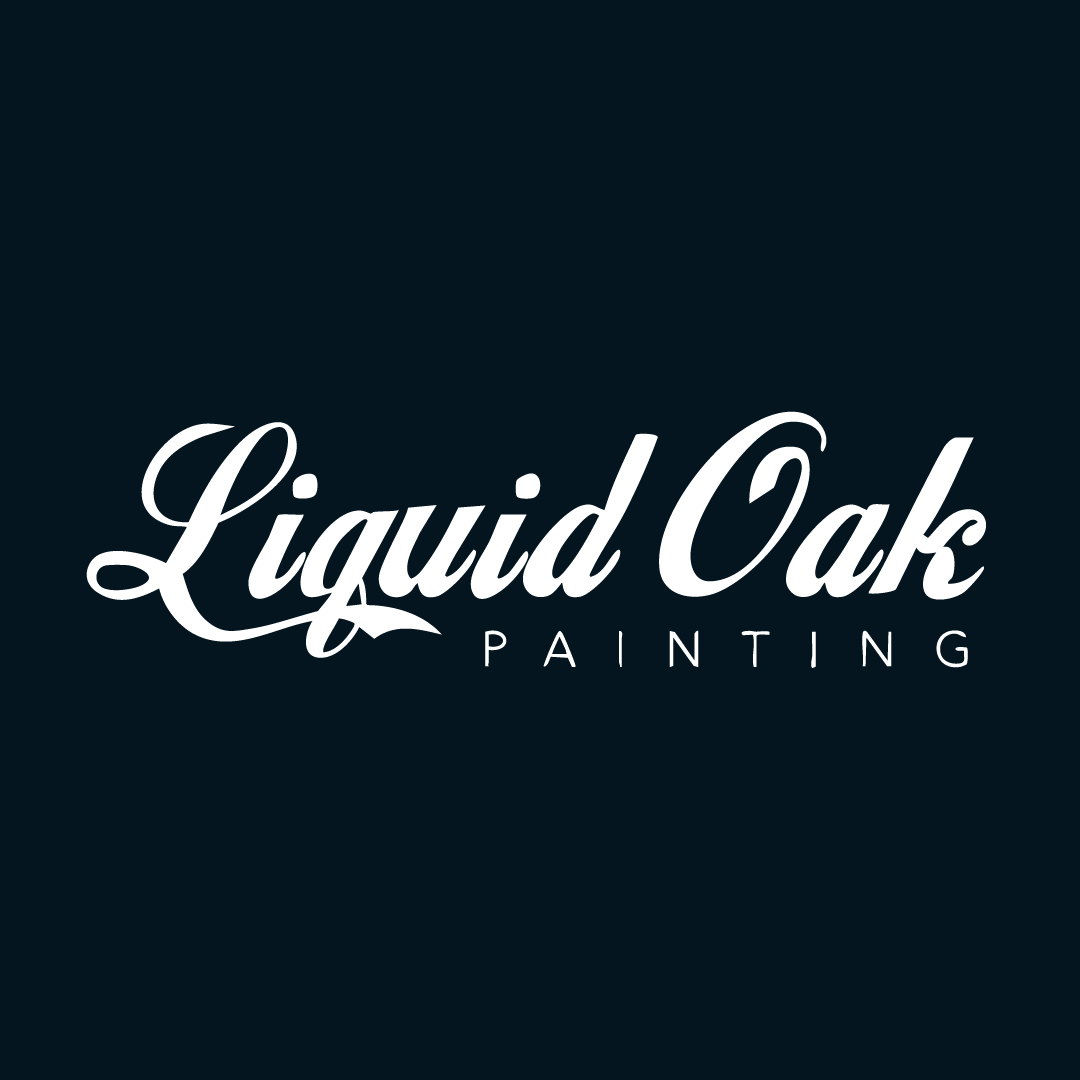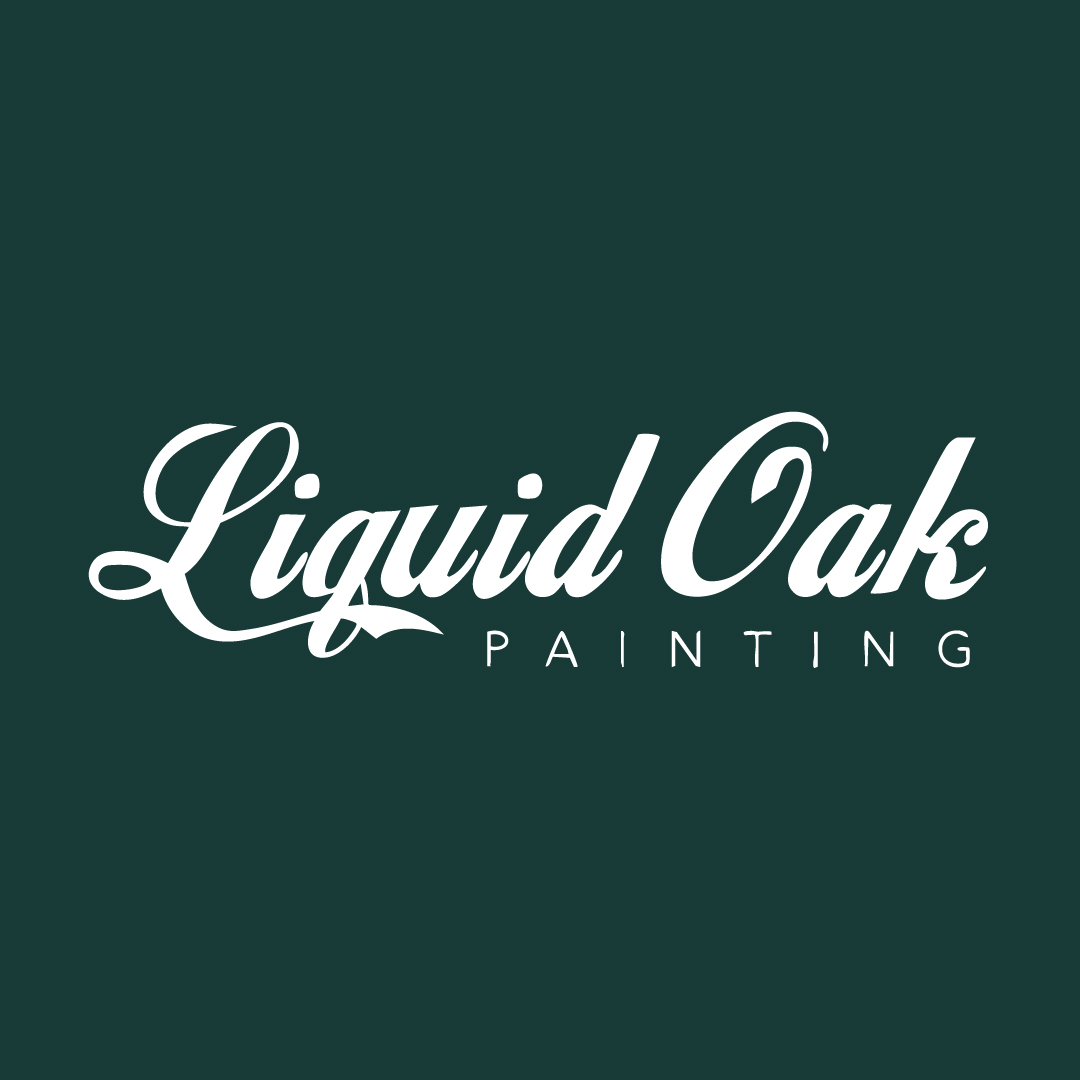Your cabinet painting project just wrapped up and the results look amazing. But now what? If you want your newly refreshed cabinets to stay flawless, you need to know how to protect painted cabinets from chips, scratches, and everyday wear. Whether your cabinets are in the kitchen, bathroom, or laundry room, they face constant use. In the first few weeks after a cabinet painting project, it’s especially important to take preventative steps that will help them stay looking great for years to come.
Key Takeaways:
- Use soft-close hardware to reduce wear and tear.
- Apply a protective topcoat if not already included.
- Clean with non-abrasive materials only.
- Use cabinet bumpers and door stoppers.
- Avoid water exposure and high humidity.
- Perform regular maintenance checks.

Why Painted Cabinets Often Get Damaged
Homeowners love the fresh, clean look of newly painted cabinets. But once the job is done, there’s a common frustration: paint that chips, scratches, or starts to look dull way too soon. You might feel like you’ve wasted time and money if your cabinets lose their shine within a few months. That disappointment can build up fast, especially when you’re careful and still see damage.
Most paint damage comes from regular use. Doors get slammed. Drawers get yanked. You bump them with pots and pans. Cleaning supplies can be too harsh. Even the wrong type of sponge can dull the finish over time. It’s not your fault—painted cabinets are beautiful but delicate without the right protection.
Smart Habits to Keep Your Cabinets Looking New
You don’t need professional skills or fancy tools to protect your cabinets like a pro. With a few simple habits and upgrades, you can dramatically increase the lifespan of your cabinet painting project. Here’s how:
1. Add Soft-Close Hardware
If your cabinets don’t already have soft-close hinges and drawer slides, consider upgrading to them as soon as possible. These clever mechanisms allow doors and drawers to close slowly and gently, eliminating the harsh slamming motion that often leads to chipped paint, cracked corners, or misaligned doors.
Soft-close hardware not oanly protects your finish but also adds a touch of luxury and quiet to your kitchen or bathroom experience. They’re easy to install, widely available at home improvement stores, and compatible with most modern cabinet designs.
2. Use Cabinet Bumpers
Peel-and-stick bumpers are super inexpensive, easy to apply, and make a noticeable difference in the longevity of your cabinet finish. These small rubber or silicone pads are placed on the inside corners of cabinet doors and drawers, where they act as shock absorbers.
Every time you close a door or drawer, the bumper takes the brunt of the force, preventing hard impacts that can cause paint to crack or chip over time. They’re available in clear or color-matched varieties to blend seamlessly with your cabinet design. Replacing them periodically ensures they stay effective and continue providing quiet, cushioned closures.
3. Avoid Harsh Cleaners
Skip anything with ammonia or bleach, as these chemicals can strip away the finish and dull the paint. Instead, stick to a soft microfiber cloth and a gentle dish soap diluted in warm water. This combination is strong enough to clean everyday messes without damaging the surface.
Avoid using scouring pads, steel wool, or abrasive powders like baking soda, as they can scratch the paint or leave behind a cloudy film. For sticky spots or grease buildup, let the soapy cloth sit on the area for a few seconds before gently wiping—it’s effective and safe for your painted finish.
4. Apply a Topcoat (If Needed)
Some cabinet paints come with built-in durability, but if yours don’t, it’s a good idea to apply a clear protective topcoat. Polyurethane is a strong, oil-based option that provides excellent resistance to scratches and moisture—ideal for high-traffic kitchens.
Polycrylic, a water-based alternative, dries faster, has less odor, and is easier to clean up, making it a great choice for most households. Both types of topcoats create a hard, transparent layer over your paint, shielding it from scuffs, stains, and minor abrasions. Always make sure your painted surface is fully cured before applying a topcoat, and use a high-quality brush or sprayer for a smooth, even finish.
5. Keep Cabinets Dry
Water and painted surfaces don’t mix well, and moisture is one of the top culprits behind paint damage. Painted cabinets—especially those near sinks, dishwashers, or in bathrooms—are vulnerable to bubbling, peeling, or discoloration when exposed to prolonged humidity or water spills. Always wipe up water immediately using a soft, dry cloth.
Be mindful of steam buildup from cooking or hot showers, and use ventilation like exhaust fans to reduce moisture in the air. Also, avoid hanging damp towels, rags, or dishcloths over cabinet doors, as this keeps the surface wet for extended periods and accelerates wear. Consider installing hooks or towel bars nearby instead to keep your cabinets protected.
6. Use Door Stoppers
If your cabinet doors hit the wall or appliances when opened, install door stoppers or bumpers to absorb the force. These simple devices can be mounted on walls, baseboards, or even on the inside of cabinet doors. Not only do they prevent dents and scratches on the cabinet surfaces, but they also protect surrounding furniture, appliances, and painted walls from repeated impact.
For added protection, consider magnetic catches that gently pull the door closed before it can swing too far.
7. Regular Check-Ups
Every few months, inspect your cabinets closely—especially around handles, corners, and lower panels where wear tends to show first. Look for fading, chipping, or any signs of bubbling paint. Addressing even the tiniest chip right away with a light sanding and touch-up paint can prevent it from growing into a larger problem.
If your cabinets have a topcoat, check for thinning or dull spots and reapply as needed. Consider setting a recurring reminder on your calendar to make these inspections part of your seasonal home care routine.

Added Protection: Extras That Make a Difference
If you want to go the extra mile beyond daily habits, consider these upgrades that offer even more value for your cabinet painting project:
- Install Cabinet Liners: These simple inserts protect shelves and drawers from spills, stains, and scratches—especially helpful in kitchens and bathrooms.
- Upgrade Handles and Knobs: Larger or ergonomically designed hardware makes cabinets easier to open without touching the paint, reducing hand oils and friction damage.
- Use Under-Cabinet Lighting: Not only does this add ambiance, but it also helps you see and avoid accidental contact that can cause chips and scratches.
- Add a Touch-Up Kit to Your Toolkit: Keep a small jar of leftover paint, a mini brush, and fine sandpaper on hand for fast fixes. Touching up a small area right away prevents further peeling.
- Educate Your Family: Make sure everyone in the home knows how to treat the cabinets gently. Kids slamming doors or dragging toys against surfaces can undo your hard work quickly.
These smart additions extend the life of your painted cabinets and help preserve their like-new appearance.
From Worn to Wow
Imagine this: a year after your cabinet painting project, your kitchen still looks like a showroom. The color hasn’t faded. No chips. No scratches. Guests assume you just had them done. That feeling of pride and satisfaction? That’s what proper care and protection give you.
If you need a touch-up service to keep your cabinets in peak condition, Liquid Oak Painting is here to help. We specialize in long-lasting, professional cabinet finishes that stand up to daily use. Call us today at 213-526-1070 to talk about your project, get a quote, or schedule a maintenance appointment. Don’t wait until the damage is done—protect your investment now.



